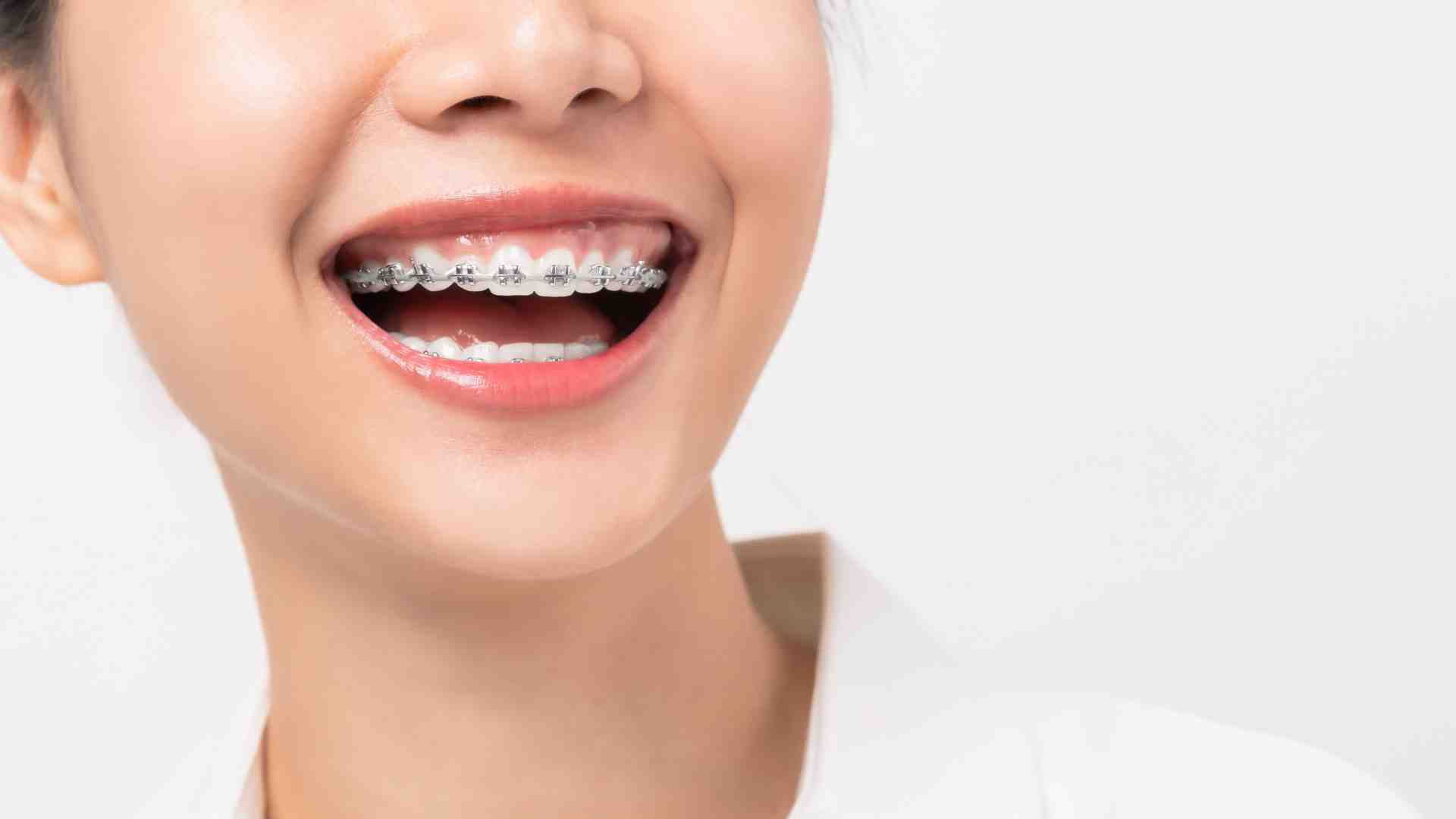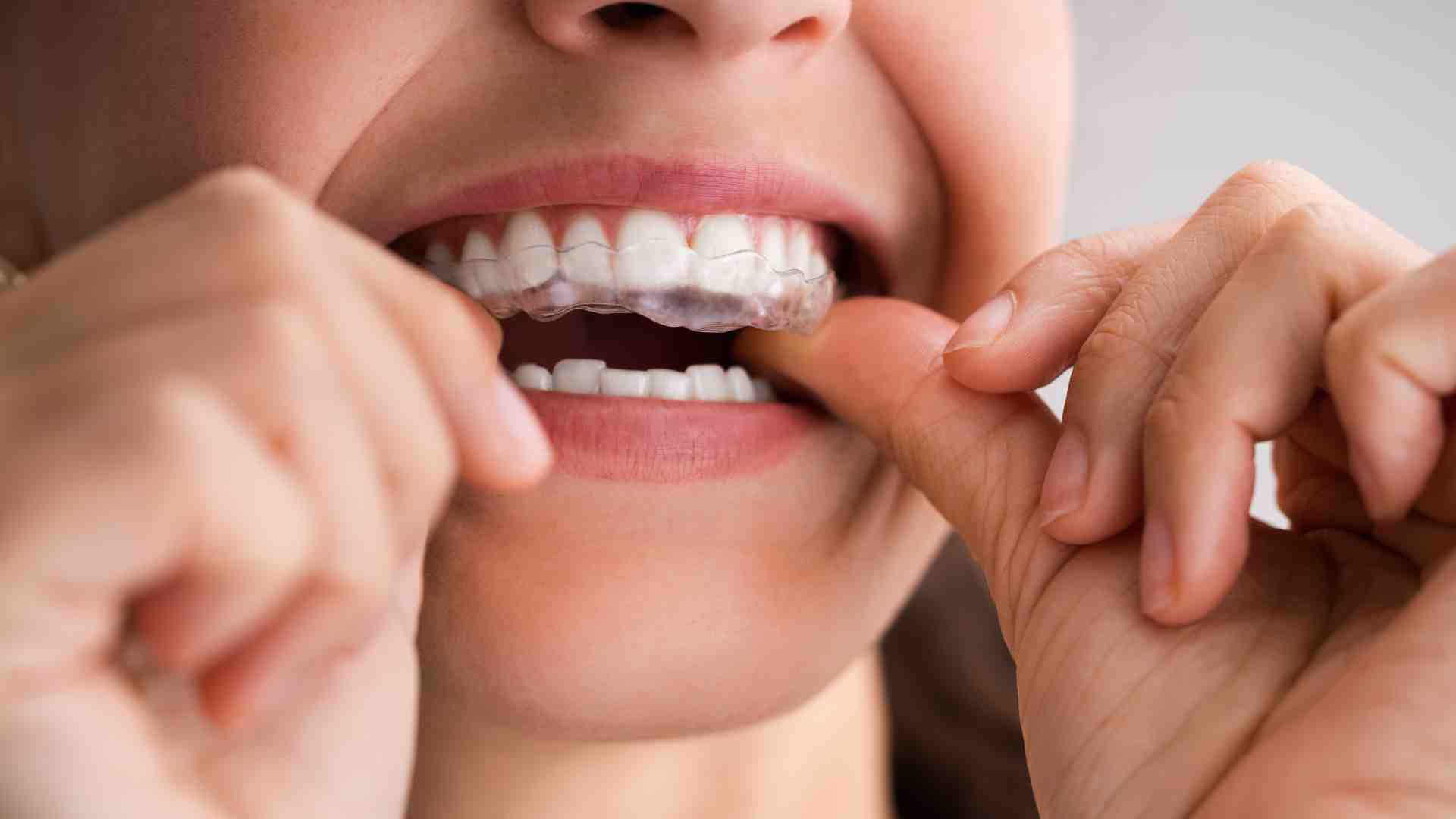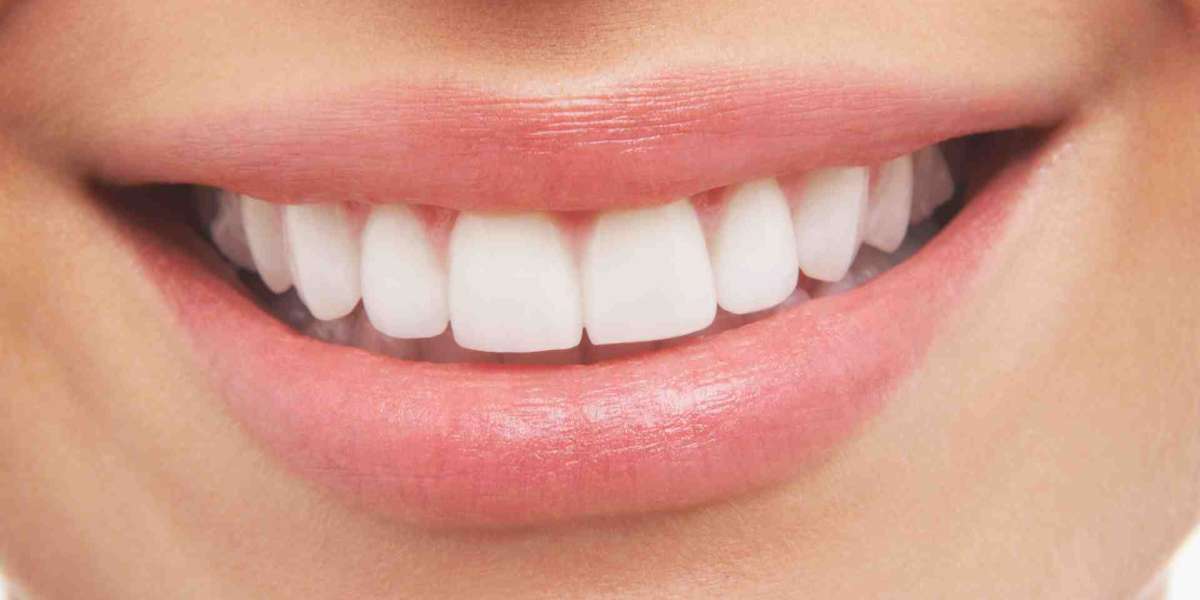Having a lovely smile is not only a benefit from an aesthetic standpoint; it also helps improve confidence and plays a key part in maintaining oral health. Many people are trying to achieve that ideal set of straight teeth, but the world of teeth alignment can feel overwhelming without the proper guidance.
Why Teeth Alignment Matters
Teeth alignment isn't just about appearances. Misaligned teeth can lead to:
- Oral health issues: Crowded or overlapping teeth are more complex to clean, which can lead to plaque buildup and cavities.
- Jaw pain: An uneven bite might strain your jaw, causing discomfort or headaches.
- Speech difficulties: In some cases, misalignment can affect how you pronounce certain words.
Getting your teeth aligned improves oral health and boosts self-esteem, allowing you to smile without hesitation.
Popular Options for Teeth Alignment
Modern dentistry has introduced several effective treatments. Here's a breakdown of the most common choices:
1. Traditional Metal Braces
A tried-and-true approach for straightening even extreme misalignments is metal braces. While some people might find them less visually appealing, they are highly effective.
Real-life example:
Samantha, a 14-year-old student, initially felt shy about wearing braces. However, within two years, her teeth were perfectly straight, and her confidence skyrocketed.
2. Clear Aligners (Invisalign)
Clear aligners are popular for adults and teens who want a discreet option. They are custom-made and removable, allowing for easier eating and cleaning.
Personal anecdote:
I once had a colleague who wore clear aligners during work meetings. She loved how no one noticed them, and they allowed her to continue her professional life uninterrupted.
3. Lingual Braces
These braces are attached to the back of your teeth, making them invisible from the front. They yield the same outcomes as conventional braces without sacrificing your smile during treatment.
4. Ceramic Braces
Less noticeable than metal braces, ceramic braces mix with your natural tooth colour. They're a good compromise between clear aligners and traditional braces.
5. Retainers for Minor Adjustments
Sometimes, a retainer is all that's needed for slight corrections. Retainers are cost-effective and require minimal maintenance.
How to Choose the Right Option for You

Making the right decision depends on several factors:
- Severity of misalignment: Complex cases may require braces, while simpler ones could be corrected with aligners.
- Budget: Treatments like clear aligners can be more expensive than traditional braces.
- Lifestyle: A low-maintenance option like aligners might be ideal if you have a busy schedule.
- Age: While all these treatments work for adults, younger patients might benefit from braces for significant corrections.
Practical Tips to Make the Most of Your Teeth Alignment Journey
- Research Your Provider: Check out clinics near you, like Ortho Studio Dubai, specializing in teeth alignment treatments tailored to individual needs.
- Ask for Recommendations: Friends or family members undergoing similar treatments can share their experiences.
- Commit to Oral Hygiene: Aligned teeth are easier to clean, but it's essential to maintain good habits during treatment.
- Wear Retainers Post-Treatment: Retainers are essential to keep your teeth from shifting back.
The Emotional Impact of Teeth Alignment
Imagine being able to smile freely in photos or speak without feeling self-conscious. Many people don't realize the emotional weight misaligned teeth can carry until they've undergone treatment. Aligning your teeth can be a life-changing experience, allowing you to express yourself without holding back.
Signs You Might Need Teeth Alignment
Misaligned teeth don't always announce themselves. Here are some subtle and not-so-subtle signs to watch for:
- Frequent biting of your cheek or tongue could indicate an uneven bite.
- Difficulty chewing or speaking: Misalignment can make essential functions more challenging.
- Visible gaps or crowding: These are common indicators that alignment is needed.
- Jaw discomfort or clicking sounds could be signs of stress on your jaw caused by a misaligned bite.
The Science Behind Teeth Alignment
Understanding how teeth alignment works can make the process less intimidating. Essentially, your teeth are moved by applying consistent pressure over time. Braces and aligners work by gradually shifting teeth into their proper position.
- Traditional braces: Apply constant pressure using wires and brackets.
- Clear aligners: Use a series of trays you replace every 1-2 weeks.
Each method relies on the body's natural ability to adjust and adapt, so patience is key in any alignment process.
The Role of Technology in Modern Teeth Alignment

Dentistry has come a long way. Here's how technology is revolutionizing the field:
- Digital Impressions: No more messy moulds; 3D scanning creates accurate impressions in minutes.
- Custom Aligners: Advanced software designs aligners tailored to your unique dental structure.
- Tracking Progress: Many modern treatments use apps to track your progress and ensure effectiveness.
Correcting teeth alignment is an investment in your general health and confidence, not only a cosmetic one. Whether you choose braces, aligners, or another method, the journey is worth it.
FAQs on Teeth Alignment
1. Is teeth alignment only for cosmetic purposes?
No, it improves oral health, corrects bite issues, and prevents future dental problems like jaw pain and tooth decay.
2. How long does teeth alignment treatment take?
It varies based on the method and severity but typically ranges from 6 months to 2 years.
3. Can adults undergo teeth alignment?
Teeth alignment works for adults of all ages, not just children or teens.
4. Are clear aligners as effective as braces?
Yes, clear aligners work for most cases, but severe misalignments might require traditional braces.
5. Do teeth move back after alignment treatment?
They can without a retainer. Wearing a retainer as directed ensures your teeth stay in their new position.














